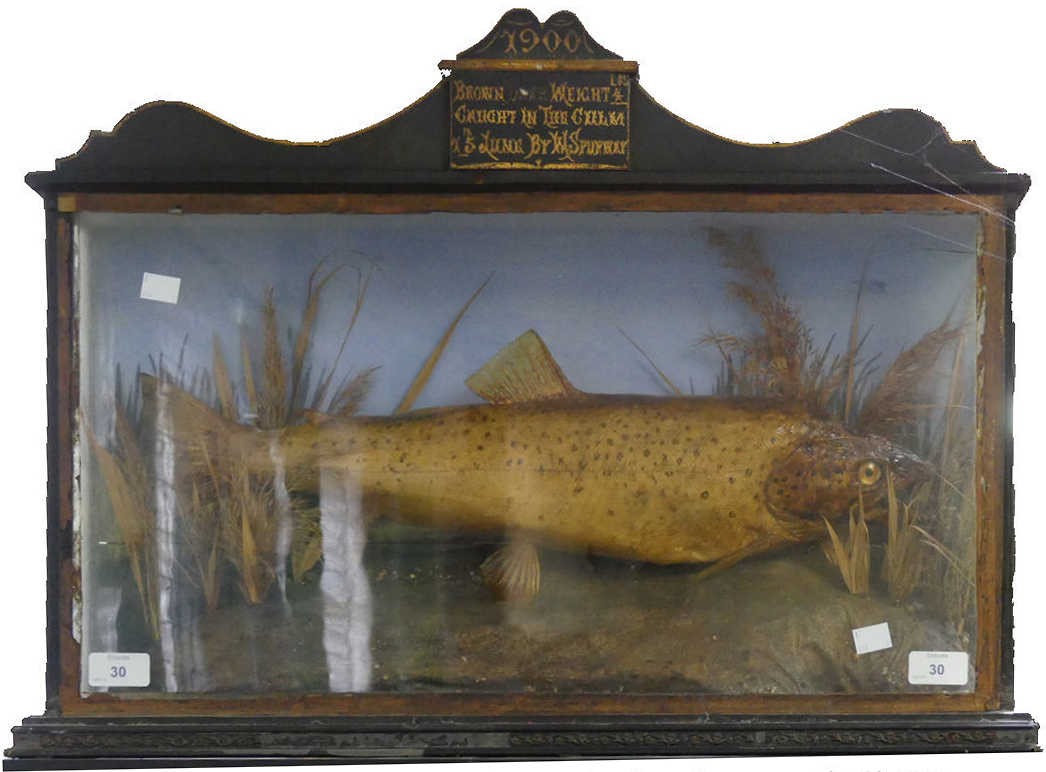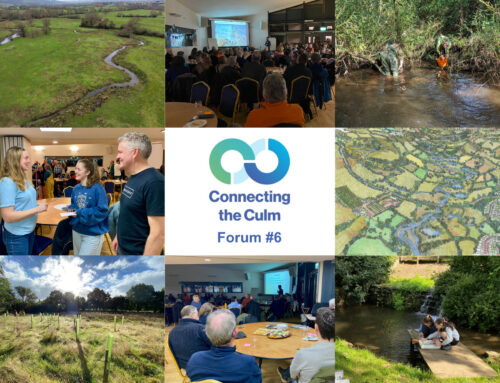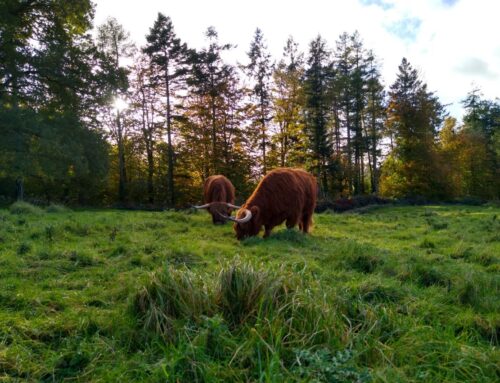On 15th June 1900 a brown trout was caught on the River Culm that weighed 4 lb. The proud angler had the trout stuffed and mounted for posterity. I also know of a fish weighing over five pounds that was caught in the early 1970s. It was returned so this claim cannot be proven. So, what does this tell us?
Firstly, and perhaps most obviously, we would not have known about the fish in the river if anglers had not caught them. The fishing records tell us how plentiful, where, and of what size the fish were when they were caught.
Secondly, there is no substitute for hard evidence. The fish of over five pounds will be to some (not me, because I know who caught it) a fisherman’s tale whereas the other cannot be doubted. Taxidermy is perhaps rather extreme these days, and just about all fish are now returned to the river as soon as they are unhooked, but reliable records provide invaluable information to help understand change.
And thirdly, because the River Culm continues to be fished, we know that fish of four pounds weight and above can now only be dreamed of. Any brown trout in the River Culm over one pound in weight is, today, a ‘good’ fish and a wild fish over two pounds would be regarded as a ‘specimen’ fish in any English river. Large fish have disappeared from our river, the Culm, over barely one lifetime. Should this matter to anyone other than an angler?
Well it should, because the size that trout grow to depends on the food that is available. This food is comprised mostly of invertebrates that live in the water, such as the larvae of mayfly, caddis fly and shrimp. These, in turn, depend upon the quality of the water in which they live: the presence of nutrients and oxygen and the absence of pollutants, sediment and invasive species. If there are fewer, smaller, trout then in all probability there will be generally fewer sand martins, otters, herons, bats and other riverside wildlife.
For the most part, the decline is not down to individual irresponsibility but to modern living. In some respects, this makes it harder to tackle because we are all implicated. General claims of better times past are of little use if we want to reverse the decline. To influence public policy, we need hard evidence: continuous records not only of fish but of invertebrates and of water quality. That is why many anglers are involved in initiatives to carry out surveys regularly and record invertebrates within the river and the water itself. These records, over time, tell us where the problems are and whether things are getting better or worse.
So, if you see an angler in the river, instead of a rod they may be holding a net or a bucket. And share their worries if what they find is not good… but worry more if there are no anglers because that means the cause has been lost.
Richard Horrocks
Chairman, The Culm Fly Fishing Club and Riverfly Co-ordinator
If you’d like to find out more about monitoring water quality and the health of the River Culm, you could join our Citizen Science scheme. Read more in the article below.







Really enjoyed reading your article. Full of great information. Thank you and keep up the good work.